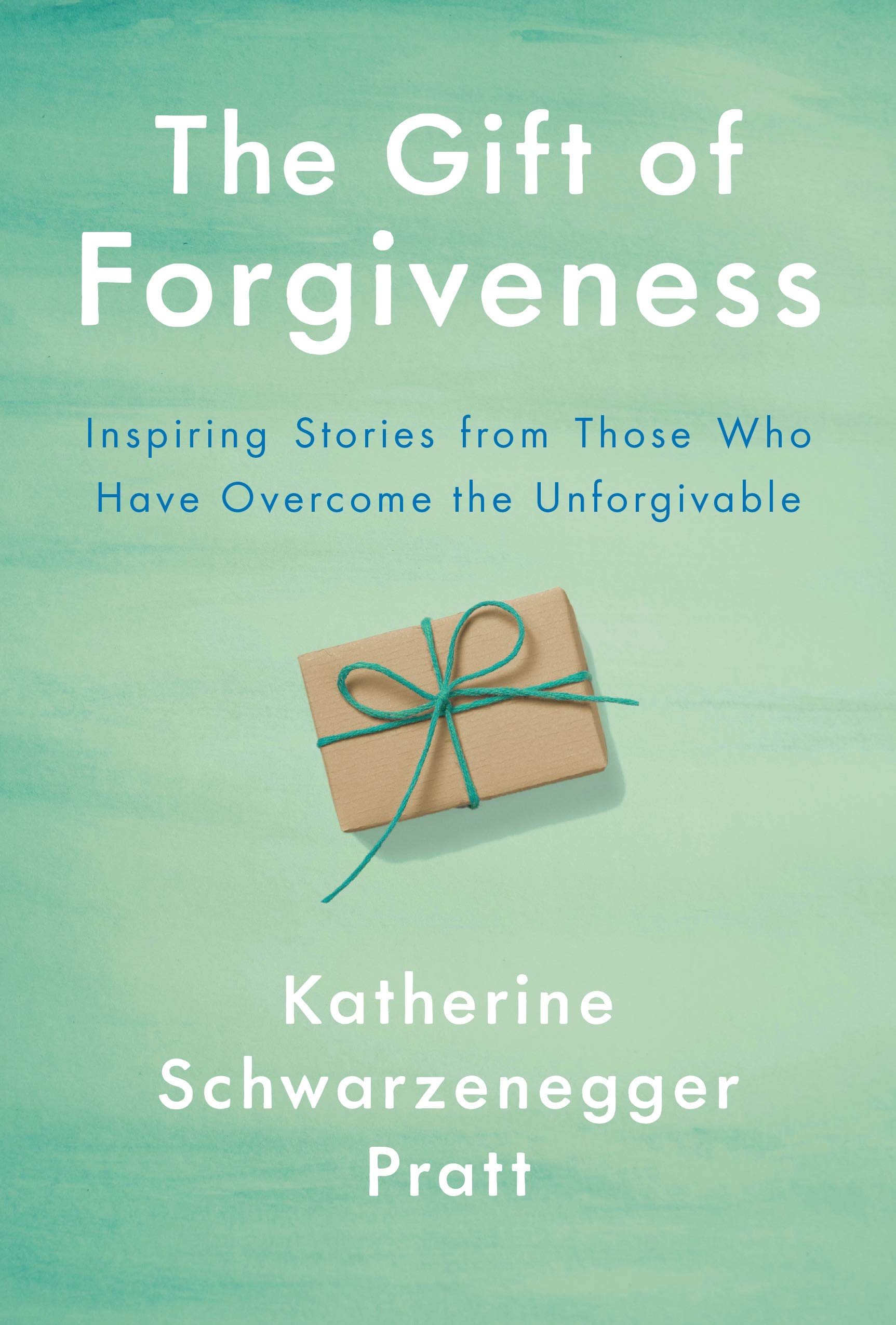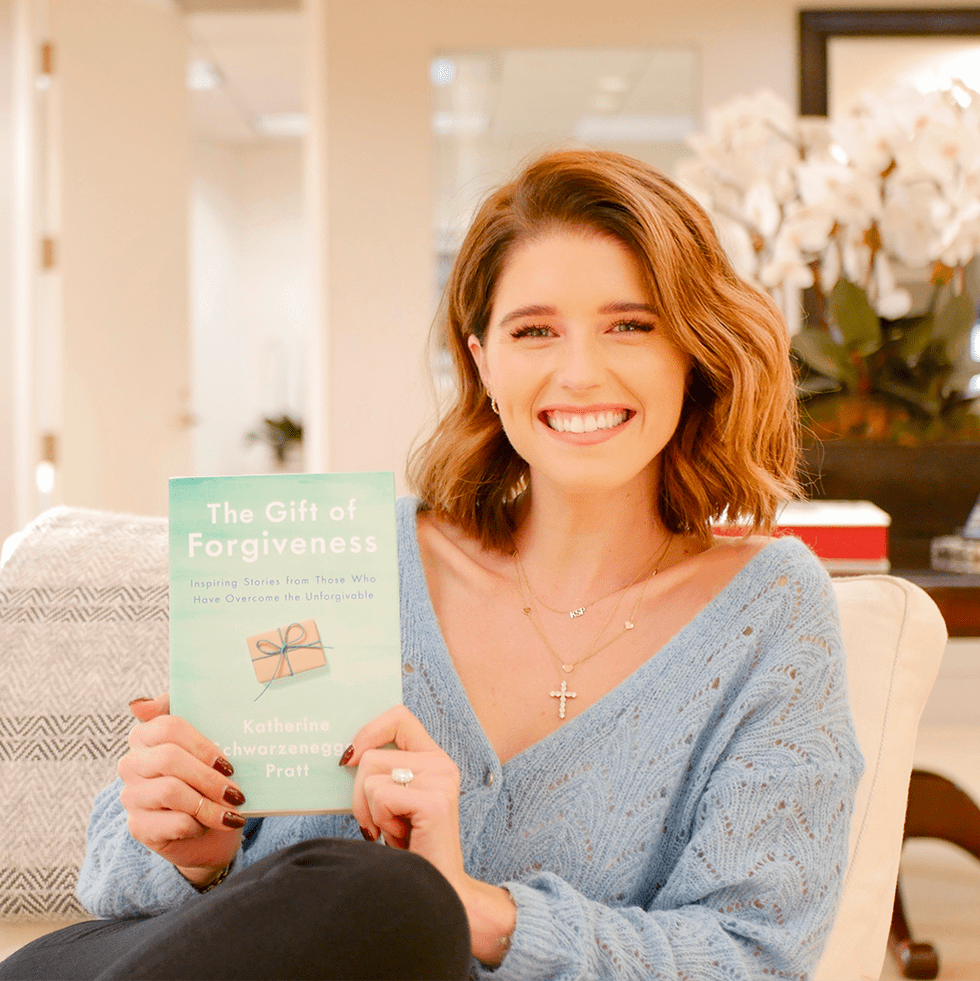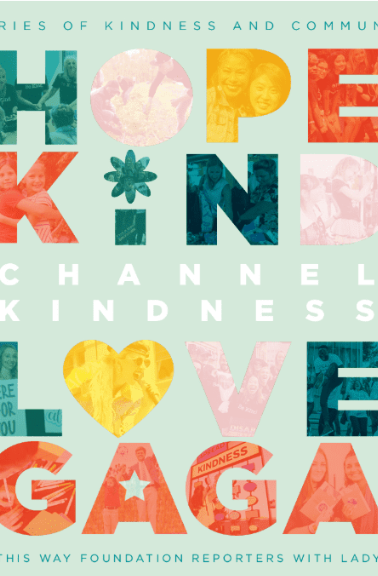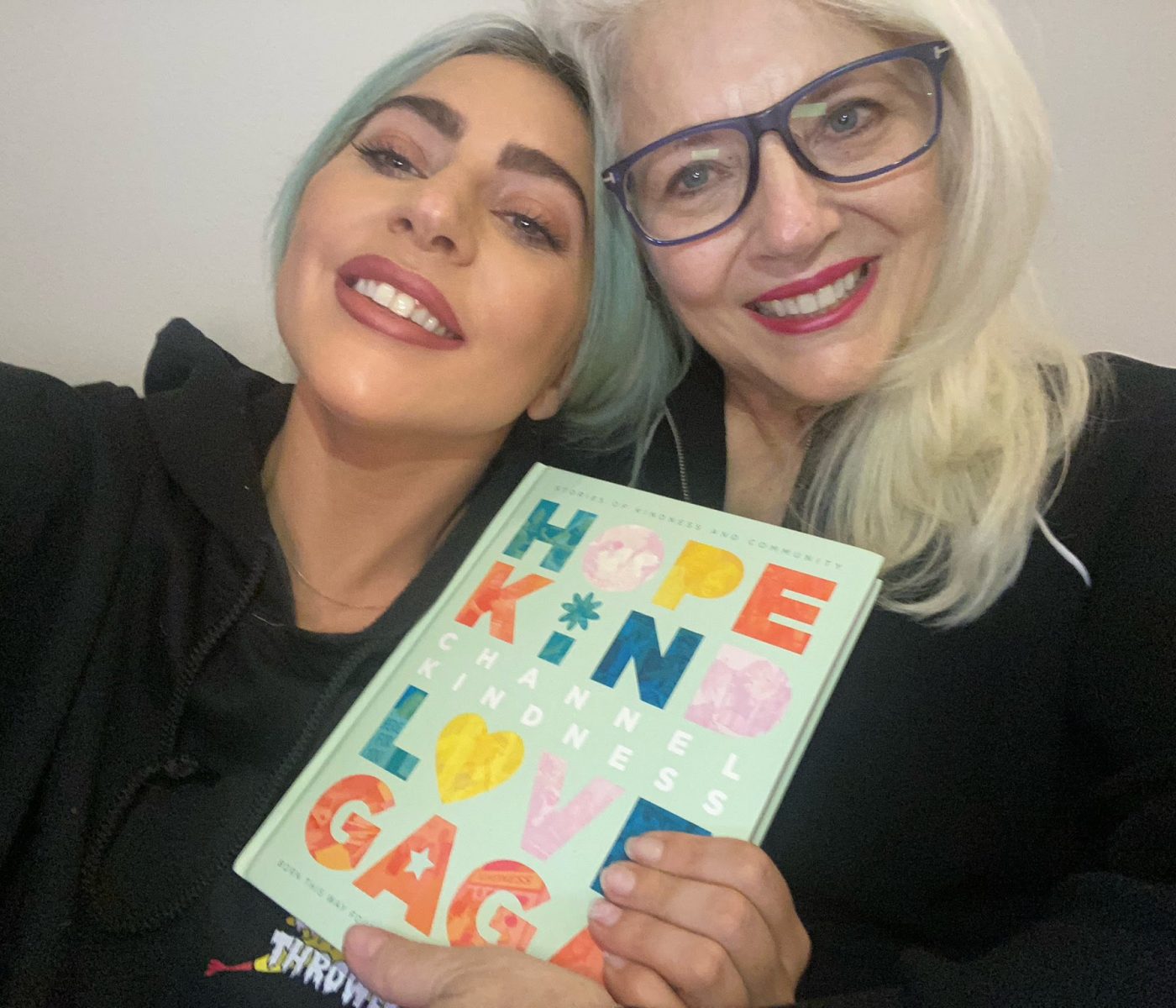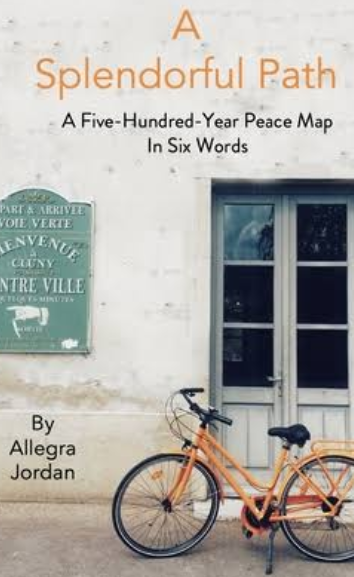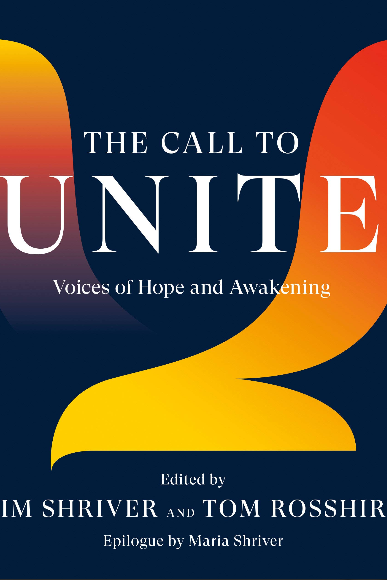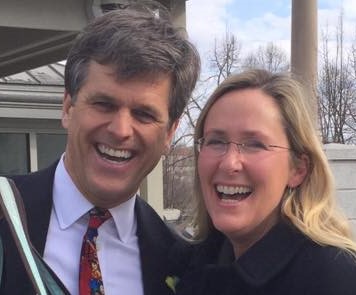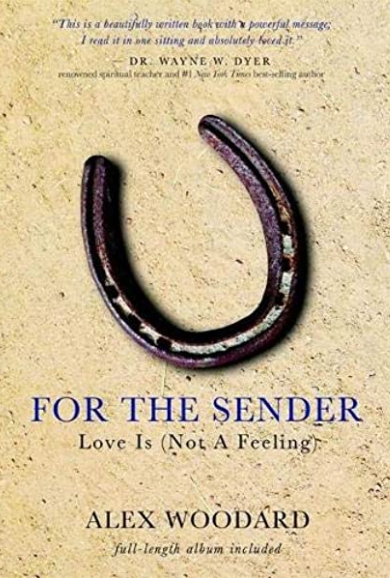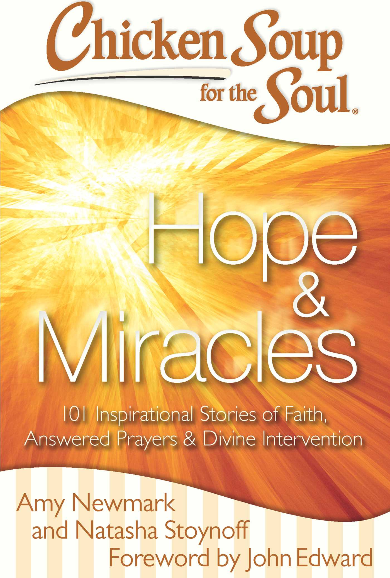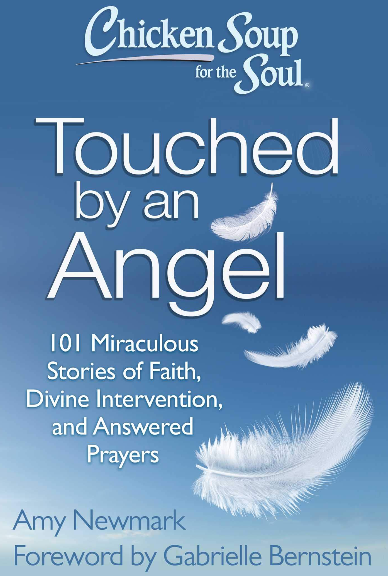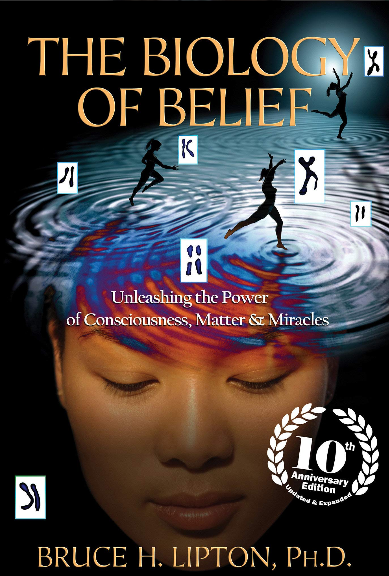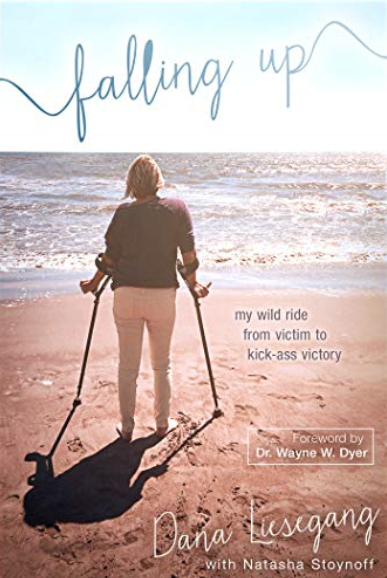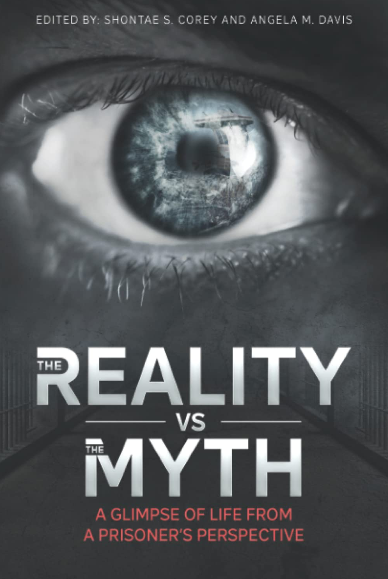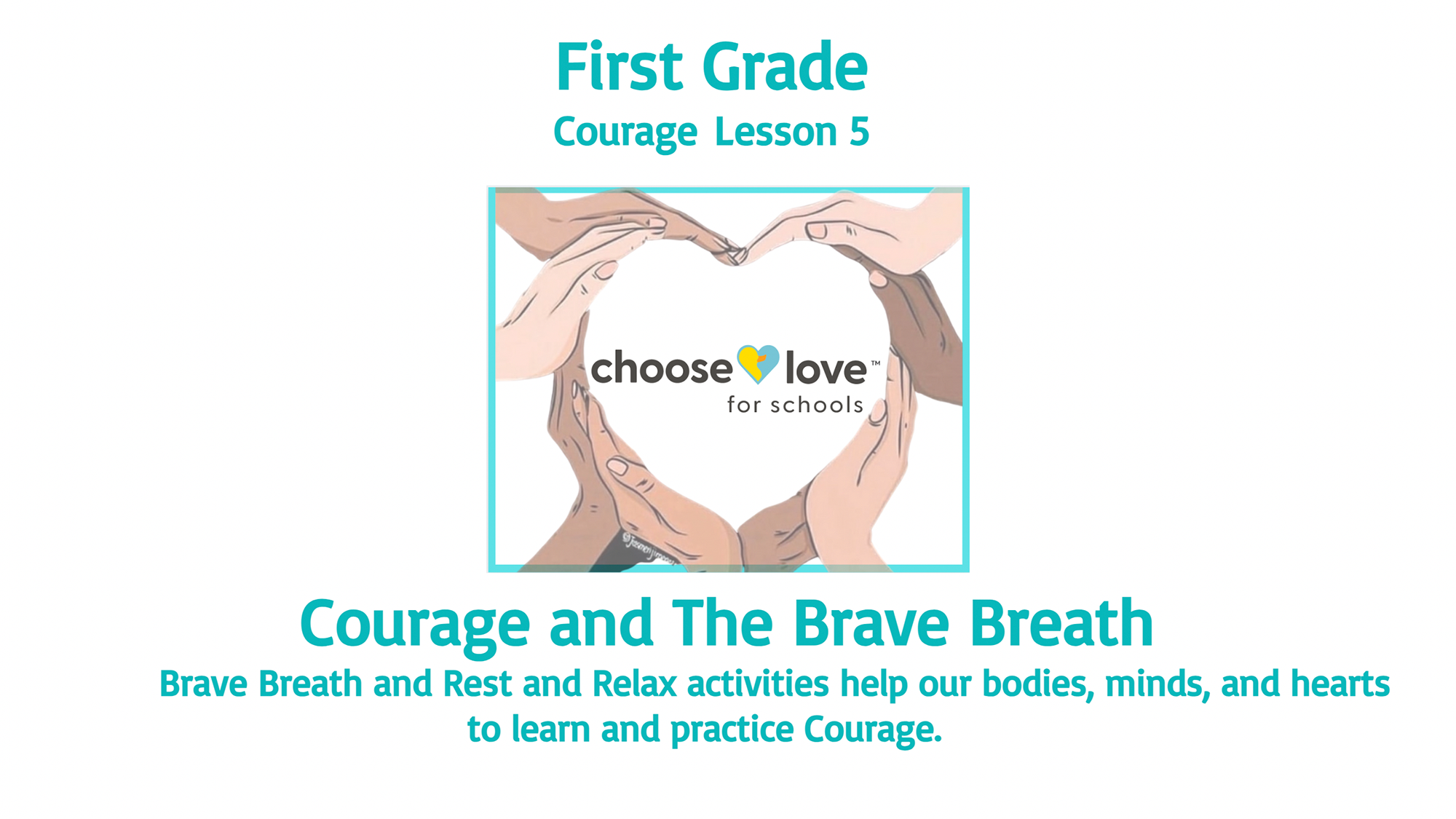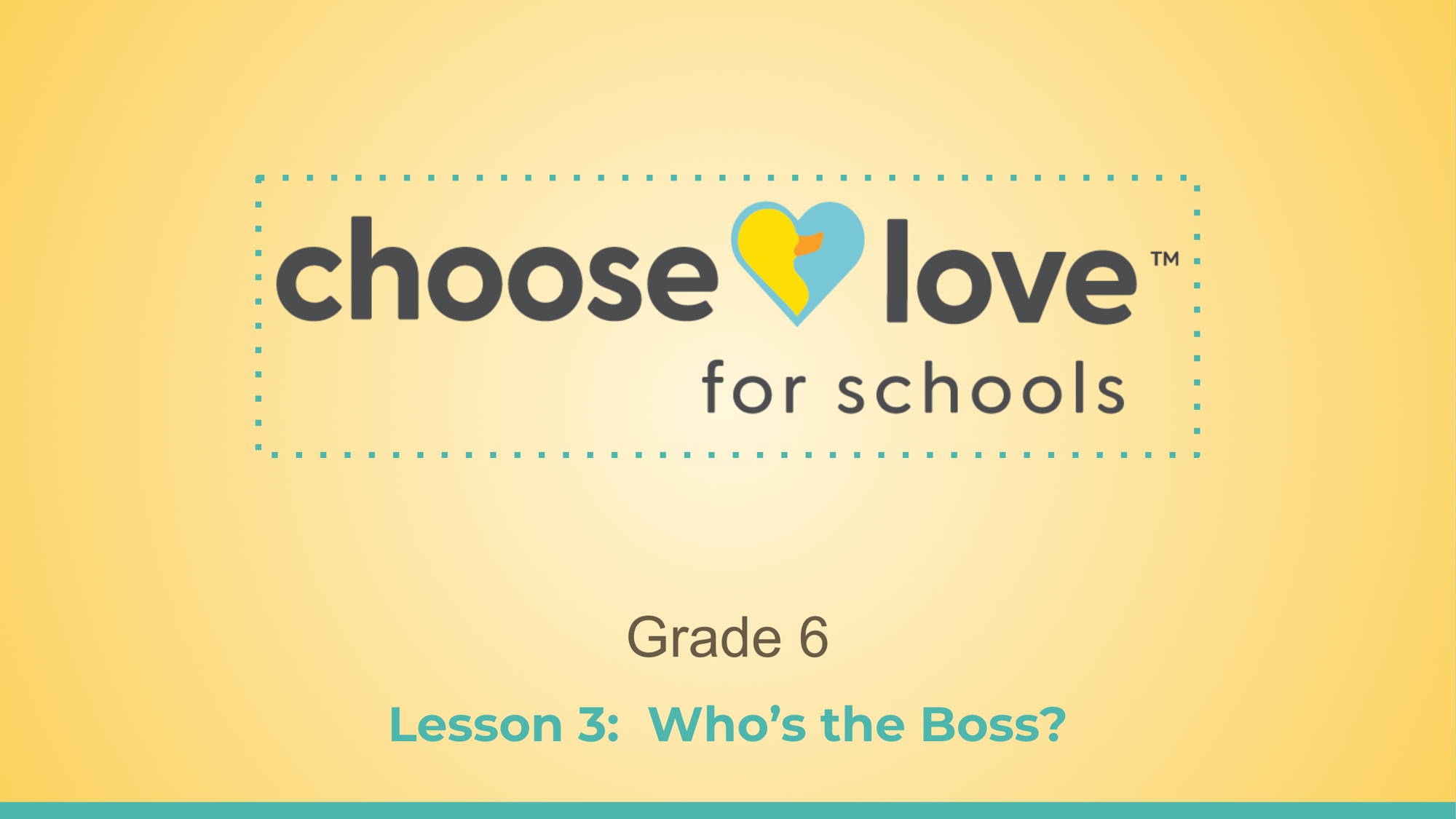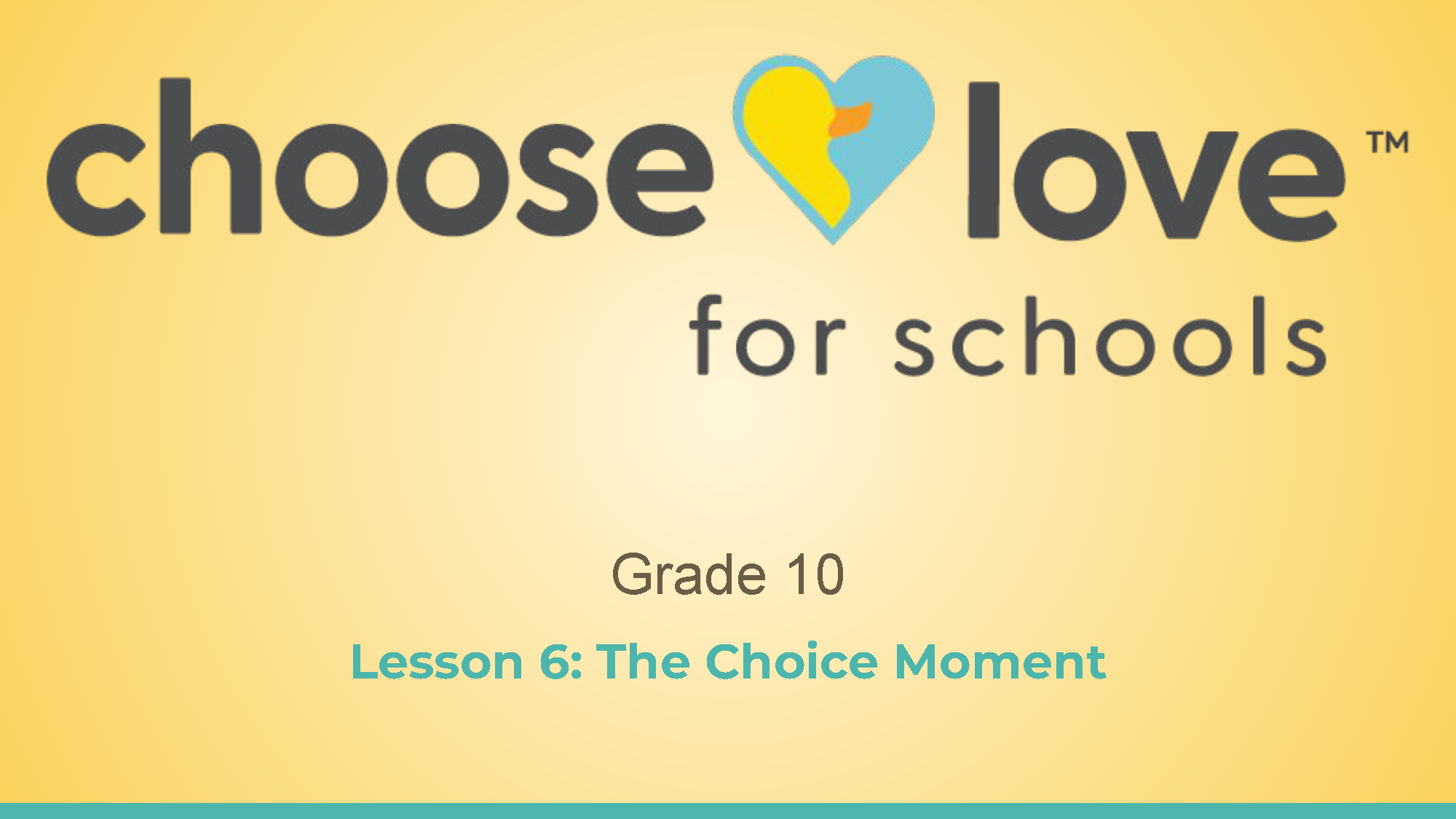Choosing Love in the Time of Grief
Arkady Bukh, Contributor
Criminal defense lawyer, entrepreneur, philanthropist
September 18, 2017
https://www.huffingtonpost.com/entry/59c01fc3e4b0f96732cbc850
The smell of gunsmoke was still in the air when first responders arrived at Sandy Hook Elementary School in Newtown, Connecticut eleven days before Christmas, 2012.
The shooter, twenty-year-old Adam Lanza shot himself in the head.
Research and studies following the shooting all reached the same conclusion. No one could determine why Lanza did it. Lanza had Asperger’s syndrome and suffered from depression, anxiety and was OCD, yet even the Office of the Child Advocate said these issues had “neither caused nor led to his murderous acts.”
InfoWars host, Alex Jones, called the shooting a ‘conspiracy.” “It’s easier for some to believe the shooting didn’t happen,” says Scarlett Lewis, mother of Jesse Lewis who was a victim at Sandy Hook. “It’s easier for some to be pissed off than to feel scared and hurt. Stoking anger, by capitalizing on their fear is not being part of the solution.”
Newtown, about 60 miles from New York City, has 28,000 residents. In the decade before the shooting there had been just one murder.
Victoria Soto hid some children in a closet. Some of her students hid under their desk. Soto walked back to the classroom door to lock it when Lanza entered. Going to the back of the classroom, Lanz spotted the children under the desk and shot.
Jesse Lewis shouted at his classmates to run and was looking at the killer when Lanza fatally shot him. Jesse’s courage during his final moments saved 9 of his classmates’ lives.
The Ripples
In response to the tragedy, some parents turned to alcohol and drugs. Marriages broke up; jobs were lost. Still, others sought comfort in religion as they looked for answers beyond the physical.
Lewis turned her grief into a mechanism to reach out and help others. She is Jesse Lewis’ mom.
In the days leading up to the tragedy, Jesse wrote three words on his chalkboard. “Nurturing. Healing. Love.” His mom saw those words as a calling from Jesse saying, “I have something for you to do for us. That’s to consciously change an angry thought into a loving one because it is a choice.”
From that seed grew the “Jesse Lewis Choose Love Movement & Enrichment Program.”
In April, 2013, Lewis shared the rostrum with then-President Obama. Following her speech, Obama greeted Lewis and said he fully supports Lewis’ mission of making socal and emotional learning avaible to each child. Obama promised to connect Lewis with his sister, Maya Soetoro-ng and the work her organization, Ceeds of Peace, was doing in Hawaii.
CLM is a free social and emotional learning program focused on helping educators and their students learn to choose love in any circumstance. Through CLM, they become connected, resilient and empowered.
Backed by up-to-date neurological studies and neuroscience, the goal of the program is to provide kids with the information, abilities, and temperament needed to choose love regardless of the situation.
The abilities taught in the program include:
- Perceiving and handling emotions
- Establishing and reaching positive goals
- Experiencing and showing compassion
- Building and sustaining positive relations, and
- Making rational decisions
“I realized the solution is simple,” says Lewis on the program’s website Jesse Lewis Choose Love Movement. “If we infuse our classrooms with love and teach children how to give, they won’t want to harm one another.”
Lewis decided to become part of the solution to violence and started a global movement to choose love.
“Following the shooting, I asked myself two questions. “How could something like this happen and what can be done to make sure it doesn’t happen again.”
Lewis realized she could be a victim and blame someone else as she relinquished her personal power or she could be part of living in a society which cultivates mass murderers such as Lanza and be part of the solution.
“Social and Emotional Learning is THE solution to the issues we see in society,” says Lewis. “It is a proactive and preventative approach, scientifically proven, to increase grades, test scores and attendance.”
Lewis put her shoulder to the wheel and started the movement to grow to understand that with the right tools, individuals can be educated and encouraged to choose loving thoughts over angry thoughts.
“Bullying, mental health issues and substance abuse decrease as we teach a loving responsibility,” says Lewis. “How long is it going to take for us to implement the solution which is right in front of us?”
Why
The grief following a murder can be more challenging to deal with than the loss from a disease. The answer to “why” is always in third-person. In dealing with grief, it is important to remember there is a legal system — not always a justice system. For many, the only justice would be having their loved one back, and this makes acceptance a process — not a final step.
Murder Is A Different Breed
The grief following the death of a loved one with a terminal illness is a different animal.
Murder has its own deeper level of denial and shock. The event is unexpected, tragic, a crime and unbelievable — all at the same time.
Anger can be felt deeper than grief following other deaths. A horrible injustice has been done, and that rage needs to be let out in constructive ways.
Look for forgiveness according to your schedule — not others. Ignore those who say that someone “should forgive.” Forgiveness comes from within and only when ready.
Grief after a murder is as unique as a fingerprint. Some may want to be involved in the legal case; others don’t. Some may want to face the murderer; others may not.
Turn on the news and count on being confronted with violence images of senseless tragedy. Mass shootings. Suicide bombings. Other acts that push death into the forefront of the lives of everyday people. Ordinary persons who suddenly have to cope with the unexpected loss of a loved one. All because of the deliberate act of another.
Everyone faces death sometime in their lives. The tapestry of sudden emotions following the violent tearing away is unique. To give emotional comfort, it’s vital to understand violence circumstances trigger a unique counseling situation for friends and family members of the victim.
Children Have Their Dynamics
The smallest mourners are overlooked. They receive hugs, but not answers. Kids don’t have a filter built from experience. Children feel the full fury of their loss in one devastating blow without a lifetime to learn coping skills to get through. Children don’t understand the permanence of death.
Different age groups have a different understanding of the events swirling around them. Each factor must be considered when facing a child suffering traumatic loss. Awareness of a child’s needs goes a long way in allowing a child to express their grief in a healing way.
Lewis sums it up by saying, “Courage is also a core value, as Jesse courageously saved nine of his classmates’ lives before losing his own. Courage is an overarching concept as it takes courage to be grateful, especially when things aren’t going your way. It takes courage to forgive, especially when the person who hurt you isn’t sorry and it takes courage to step outside your universe of “busyness” and pain to help others.”
Lewis’ organization offers a free comprehensive social and emotional learning program focusing on empower children with the knowledge we can choose love and cultivate resilience, connection and compassion.


